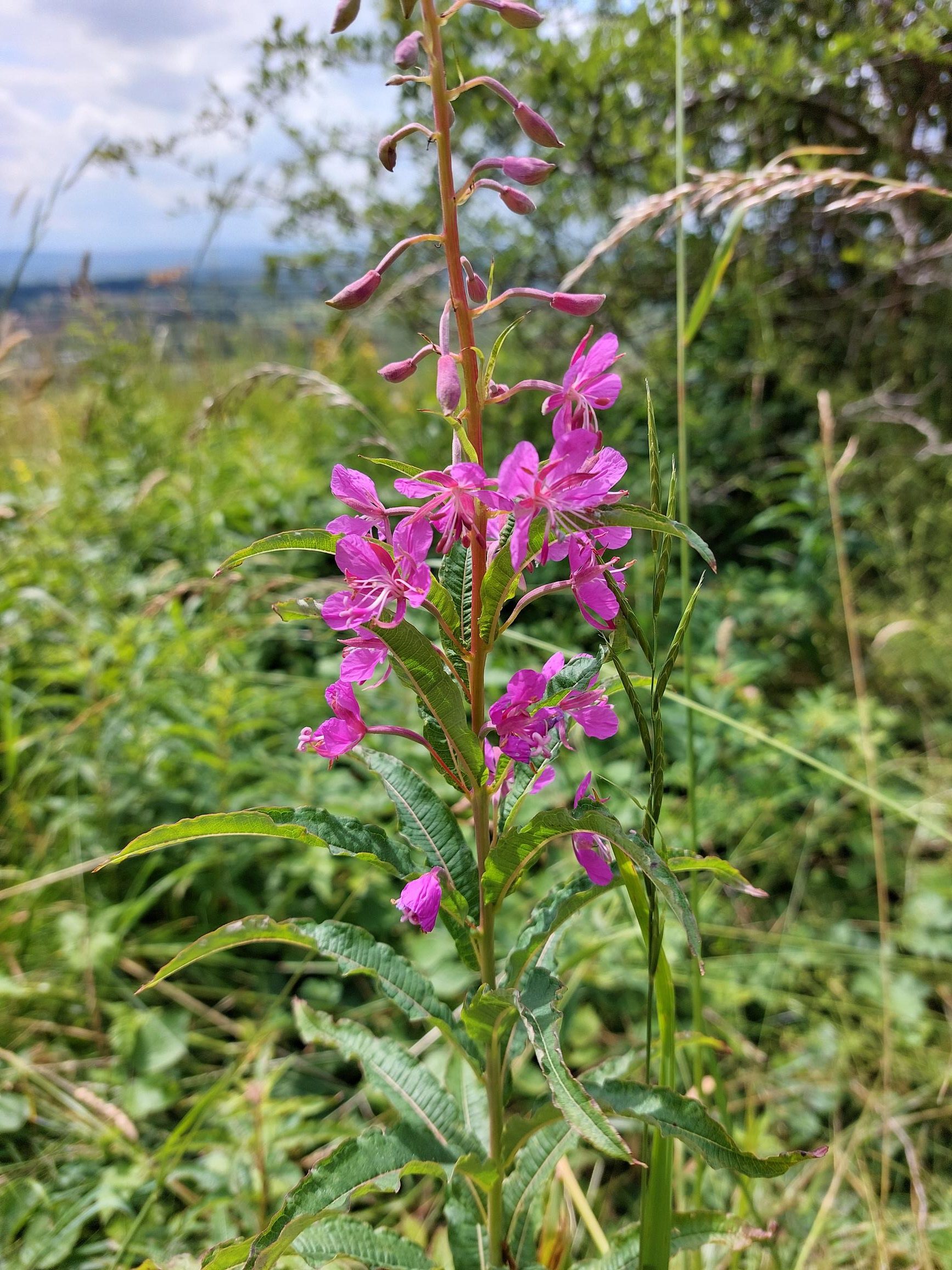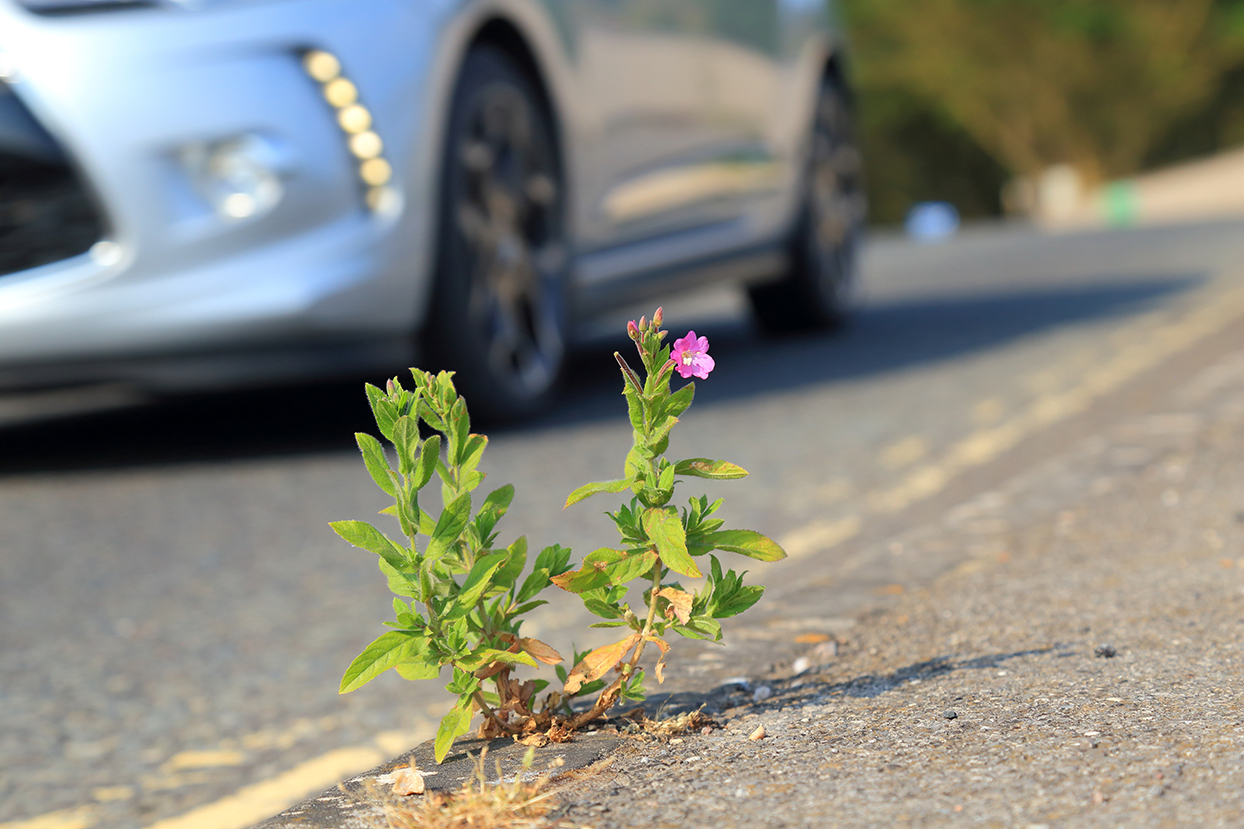REQUEST SURVEY
A survey is the best option to choose if you want to know whether you have invasive plants on your land or property. Book yours here.



SCIENTIFIC NAME: Chamaenerion angustifolium
ORIGIN: UK
Rosebay willowherb is a tall perennial native to the UK and known as a pioneer weed – known for their ability to be the first plant to pop up on ground that has been previously destroyed. Rosebay willowherb adopted the nickname ‘bomb weed’ during the war as it was the often the first plant to establish on a bombsite. They are adapted to grow in hot, dry, and exposed conditions, and often in very poor soil conditions. As well as seeding on the wind, each plant develops an extensive root system by which it can quickly establish a dense mass on a piece of waste ground turning the area into a pink sea of florescence.
‘Angustifolium’ means narrow-leaved. The name is derived from the flowers’ passing resemblance to rose flowers, and the leaves’ resemblance to bay leaves.
Most commonly found in waste ground and urban gap sites throughout the UK. It also enjoys damp woods and rocky places and can be seen in most urban environments. It grows well in wet conditions around ponds as well as on dry sandy heathland and on chalk downs. Rosebay willowherb tolerates shade and also a broad range of climatic conditions.
Seeds have a plume of small hairs and are wind dispersed. It has been recorded that a staggering 20 to 50% of seeds may be carried up to 100 m by the wind and some could potentially travel over 100 kilometres (60 miles). Root fragments as little as 10-15cm can regenerate and produce new shoots and it has been recorded that even a twenty-year-old root can produce viable buds if the land is sufficiently disturbed.
Rosebay willowherb can cause mild upset if ingested by dogs but is not harmful to humans.